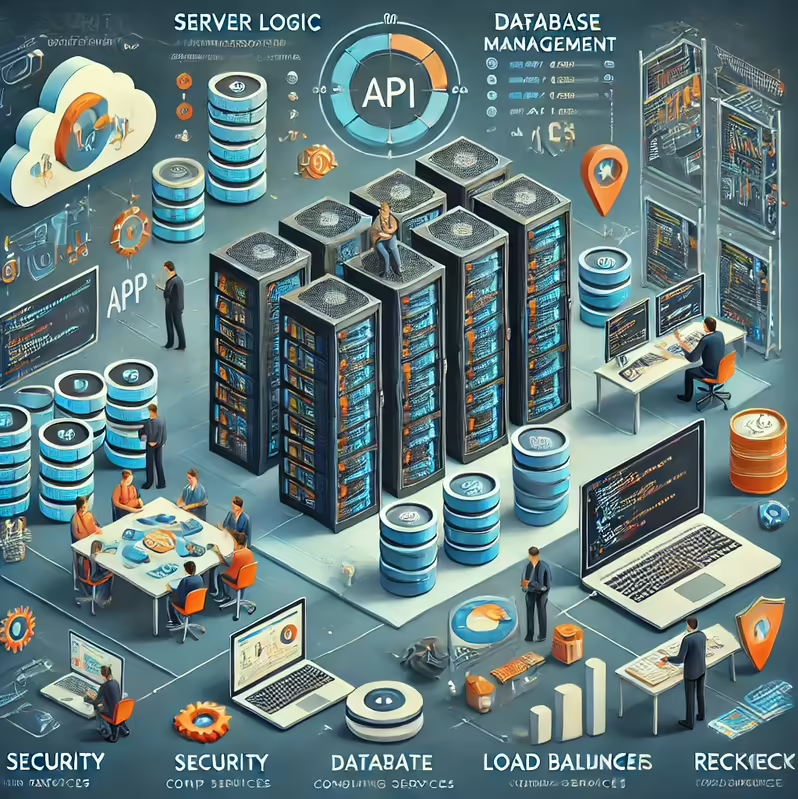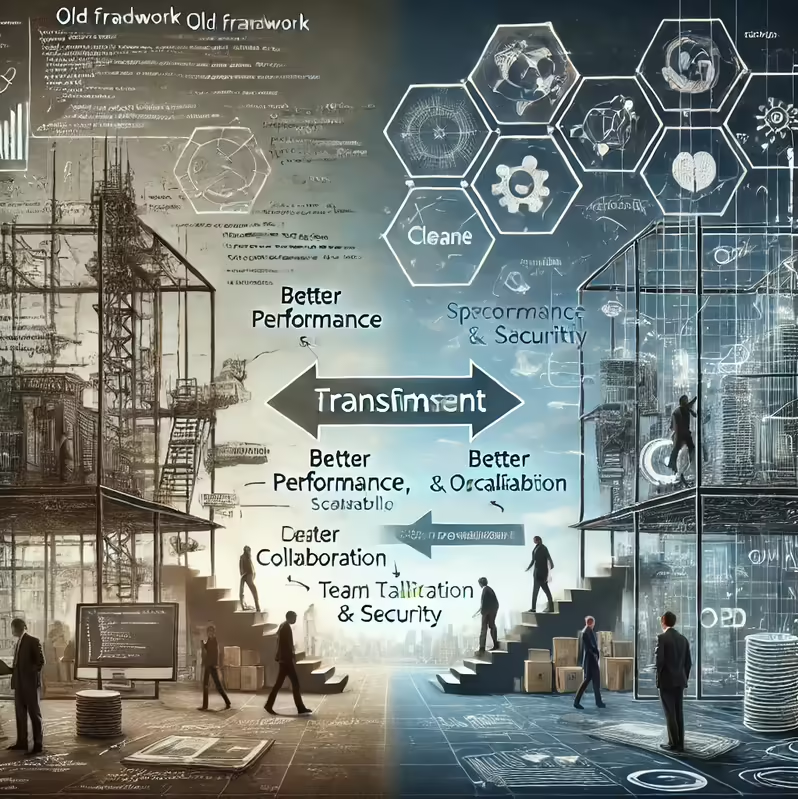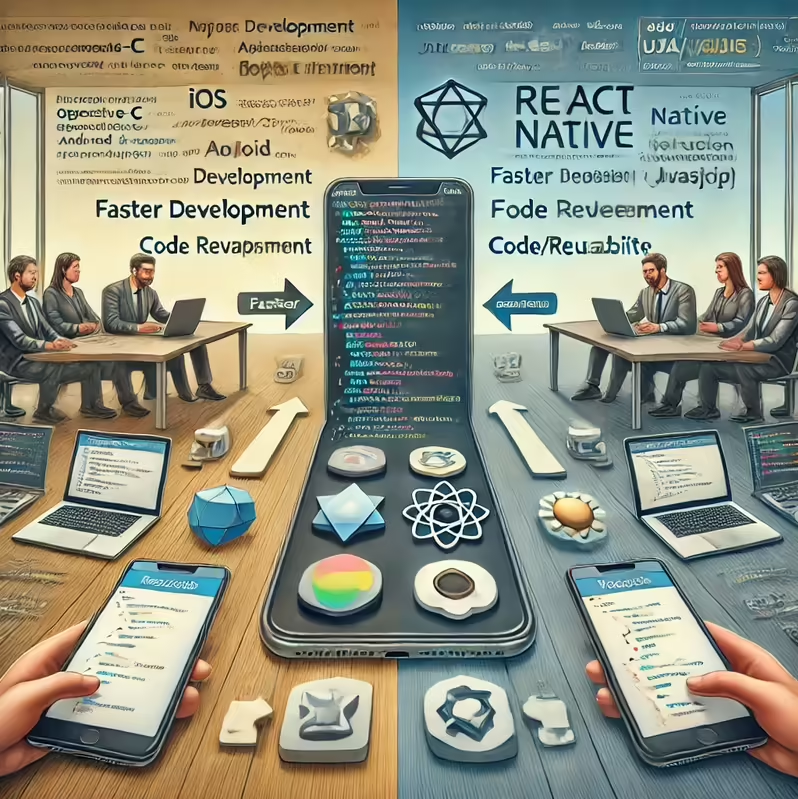In today’s fast-paced market, customer experience isn’t just a buzzword; it’s the core of how leading companies win. Businesses that truly understand and cater to individual customer needs aren’t just succeeding—they’re setting new standards. Our recent webinar, “AI Driven Personalization: The New Competitive Battleground,” featuring expert Dave Edelman, highlighted a critical truth: personalization has moved beyond a simple marketing tactic. It’s now a fundamental part of a company’s value proposition.
For CMOs, Marketing Leaders, Product Managers, and Data Scientists across healthcare, financial services, tech/SaaS, and retail, embracing AI-driven personalization isn’t optional. It’s essential for sustained growth and market leadership.
Why Personalization is No Longer Just "Marketing"
Dave Edelman emphasized that top companies like Spotify, Uber, and Amazon thrive because they expertly use customer information to transform the user experience. This isn’t about superficial messaging; it’s about:
- Deep Customer Understanding: Grasping individual context and preferences. Delivering
- Tangible Value: Providing solutions that truly help and resonate.
Example: One solar company showcased how they used AI to project energy savings directly onto a customer’s roof via a virtual overlay, factoring in specific home details and local incentives. This hyper-personalized approach was incredibly effective, leading to a remarkable 21.3% conversion rate.
The Impact: Research shows that companies excelling in personalization (scoring 70+ on their index) grow 10 percentage points faster than their competitors. This significant advantage applies across various industries, including highly regulated sectors like healthcare.
The Five Ways Smart Personalization Delivers Real Value
To achieve this level of impact, companies are fulfilling five key “promises” through smart personalization:
- Empower Customers:
- Goal: Enable customers to do things they couldn’t do easily before.
- How: AI helps provide proactive solutions and intuitive tools.
- Example: A food distributor uses AI to help restaurant clients quickly find specific products, discounts, and even recipe suggestions tailored to their menu and location, boosting their growth.
- Know Customers (Appropriately):
- Goal: Gather relevant data without being intrusive or “creepy.”
- How: Employing “zero-party data” (information customers willingly share) through engaging experiences.
- Example: A therapist matching service uses gamification to collect insights into brain functions, leading to precise therapist matches and personalized treatment plans, always with user consent.
- Reach Customers at the Right Time:
- Goal: Orchestrate timely and highly relevant communication.
- How: AI engines analyze data to deliver the right information at the ideal moment.
- Example: A major health insurer significantly reduced call center volume and unnecessary ER visits by using AI to send targeted health information. Crucially, this system includes compliance guardrails to prevent inappropriate messaging.
- Show Customers What Matters:
- Goal: Deliver truly personalized and useful content.
- How: Creating custom content that is directly relevant to the individual’s needs and context.
- Example: A large organization successfully uses simple, animated personalized videos to explain complex benefits to new members, leading to much better understanding and higher engagement with digital tools. The key is utility, not just high production value.
- Continuously Learn and Improve for Customers:
- Goal: Adapt quickly to customer feedback and changing needs.
- How: Implementing agile operating models with small, empowered teams.
- Example: Instead of slow, bureaucratic processes, leading companies use small “pods” (often 4-5 people) that test and learn rapidly in short cycles (2-4 weeks). This approach can deliver three times the output of traditional teams.
Overcoming Challenges: Data & Authenticity
Two major hurdles in personalization are data integration and avoiding superficial applications of AI:
- Data Integration:
- Challenge: Scattered data across various systems (customer service, marketing, billing, claims).
- Solution: New generative AI tools can now integrate disparate databases in minutes, a task that once took months of intensive data engineering. This provides a holistic, 360-degree customer view.
- Avoiding “Gimmicky” AI:
- Pitfall: Using AI merely for content generation or deploying personalization simply because the data is available, leading to an “avalanche” of irrelevant messages.
- Strategy: Start by understanding customer pain points and journeys before applying AI. The technology should solve a genuine problem, not just be a feature looking for a purpose.
The Future: Customer-Driven Ecosystems
The next frontier for personalization is putting more control directly into the customer’s hands, often through conversational AI.
- Customer-Driven AI: Imagine a hospitality brand’s concierge service that understands a customer’s specific needs and pulls together a seamless experience by integrating with various partners (transportation, dining, attractions) through shared APIs.
- Ecosystems: This shift emphasizes the importance of collaboration and interconnected platforms, where customers pull personalized solutions rather than companies pushing them.
Ready to Lead the Battle?
The “AI Driven Personalization: The New Competitive Battleground” webinar made it abundantly clear: personalization is a strategic imperative for growth. By focusing on truly empowering and understanding your customers, delivering relevant interactions, and maintaining an agile, learning-oriented approach, your business can unlock significant competitive advantages.
Don’t let this battle pass you by.
Want to dive deeper into these game-changing insights? Listen to the full webinar recording now!












